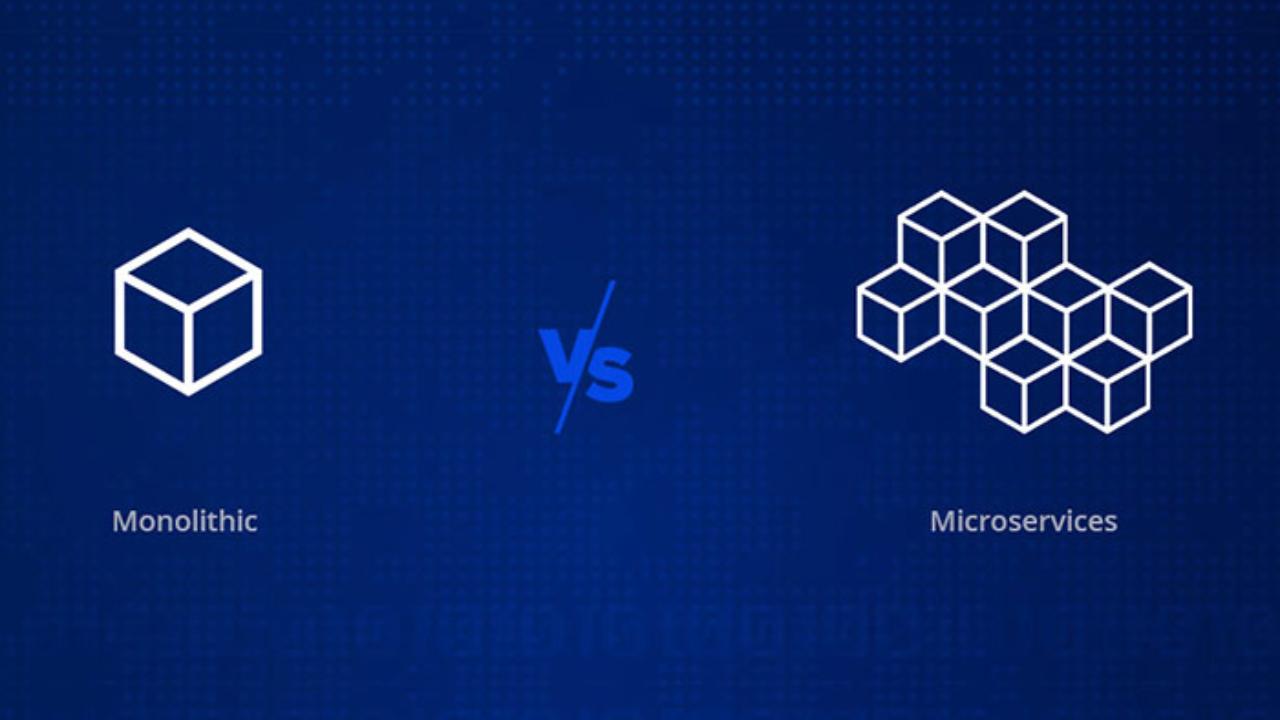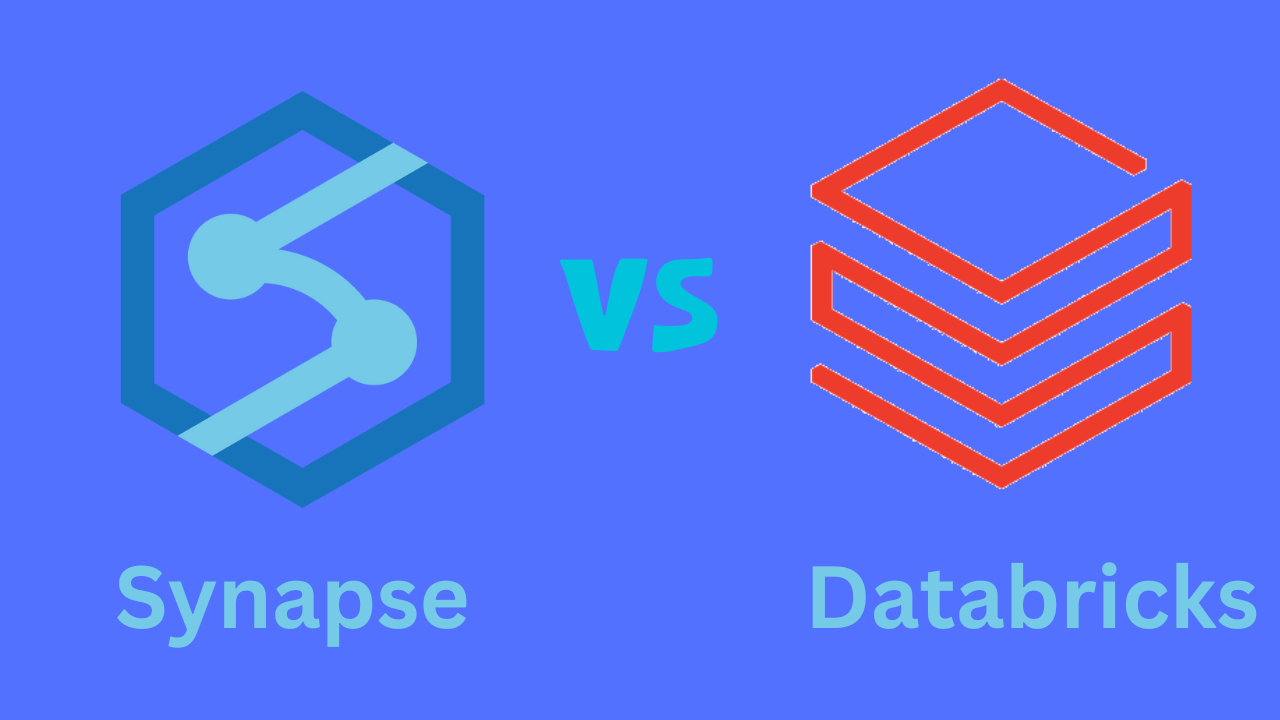Scrum is a popular framework for agile software development that emphasizes collaboration, flexibility, and continuous improvement. One of the key events in Scrum is the Sprint Retrospective, which is held at the end of each sprint to review the team’s performance and identify ways to improve.
Sprint Retrospective
Sprint Retrospective is a timeboxed event in Scrum that allows the team to reflect on the previous sprint and identify areas for improvement. During the retrospective, the team members discuss what went well, what didn’t go well, and what they can do differently in the next sprint. The goal of the retrospective is to identify ways to improve the team’s performance, increase quality, and enhance effectiveness.
How does Sprint Retrospective work?
Sprint Retrospective is a structured event that follows a specific format. The team members gather together and review the previous sprint, focusing on the following areas:
- Individuals: How did each team member perform during the sprint? Were there any issues or challenges that need to be addressed?
- Interactions: How did the team members interact with each other? Were there any communication or collaboration issues?
- Processes: How well did the team follow the Scrum framework? Were there any process issues that need to be addressed?
- Tools: How effective were the tools and technologies used by the team? Were there any issues or limitations?
- Definition of Done: How well did the team meet the Definition of Done for the sprint? Were there any gaps or inconsistencies?
Based on this review, the team members identify areas for improvement and develop an action plan for the next sprint. The action plan may include changes to the team’s processes, tools, or communication, as well as individual or team-level improvements.
Vector Search in Computer Vision: Enhancing Search Experience with High-Dimensional Vectors
The Purpose of Sprint Retrospective
The purpose of sprint retrospective is to provide the team with an opportunity to reflect on their performance and identify areas for improvement. During the meeting, the team discusses what went well during the sprint, what didn’t go well, and what can be improved in the next sprint. The team also identifies any obstacles or challenges that need to be addressed.
Sprint retrospective is an important part of agile software development because it allows the team to continuously improve and adapt to changing circumstances. By reflecting on their performance and identifying areas for improvement, the team can become more efficient and effective in their work.
Sprint retrospective also promotes collaboration and communication within the team. By reflecting on their performance together, the team can identify areas where they need to work together more effectively. This can lead to increased productivity and efficiency.

In addition, sprint retrospective helps to build a culture of continuous improvement within the team. By regularly reflecting on their performance and making changes, the team can become more agile and adaptable to changing circumstances. This can help the team to stay ahead of the competition and deliver high-quality work that meets the needs of their customers.
Finally, sprint retrospective can help to improve the quality of the team’s work. By reflecting on their performance and identifying areas for improvement, the team can ensure that they are delivering high-quality work that meets the needs of their customers. This can lead to increased customer satisfaction and loyalty.
Overall, the purpose of sprint retrospective is to help the team to continuously improve and adapt to changing circumstances. By regularly reflecting on their performance and making changes, the team can become more efficient, effective, and agile. Sprint retrospective is an important tool for any team that wants to improve their performance and deliver high-quality work that meets the needs of their customers.
Benefits of Sprint Retrospective
Sprint Retrospective offers several benefits to the Scrum team, including:
- Continuous improvement: Sprint Retrospective allows the team to continuously improve their performance by identifying areas for improvement and taking action to address them.
- Increased quality: By reflecting on their performance and identifying areas for improvement, the team can increase the quality of their work and deliver better products to their customers.
- Enhanced effectiveness: Sprint Retrospective helps the team to work more effectively by identifying and addressing issues that may be hindering their performance.
- Transparency: Sprint Retrospective promotes transparency within the team by encouraging open and honest communication about the team’s performance and areas for improvement.
- Collaboration: Sprint Retrospective fosters collaboration within the team by encouraging team members to work together to identify and address issues.
Fleet Workflow Automation: How Technology is Revolutionizing Fleet Management
Conclusion
Sprint Retrospective is a critical event in Scrum that allows the team to reflect on their performance, identify areas for improvement, and take action to address them. By continuously improving their performance, the team can increase quality, enhance effectiveness, and deliver better products to their customers. Sprint Retrospective also promotes transparency, collaboration, and trust within the team, which are essential for success in Scrum. As such, it is important for Scrum teams to prioritize Sprint Retrospective and make it a regular part of their development process.

















